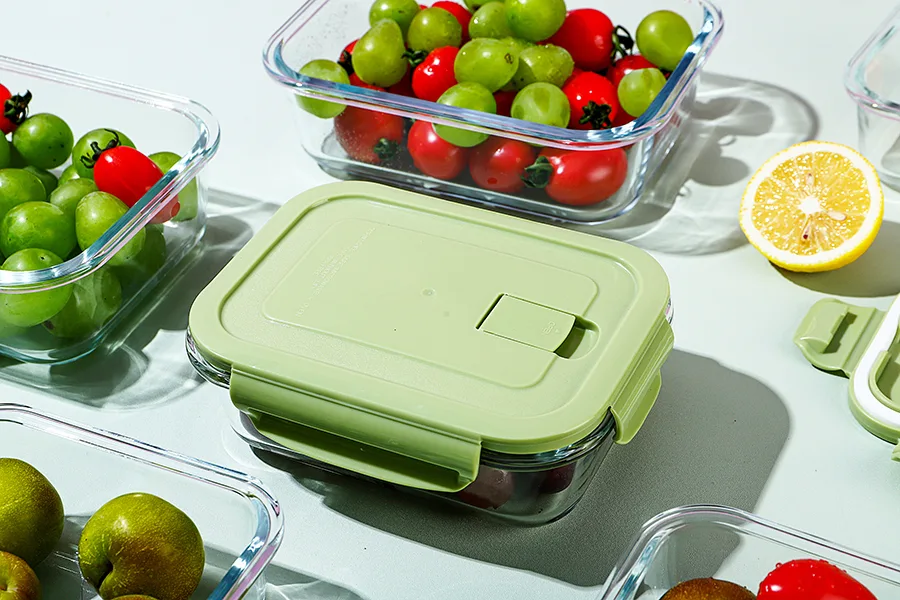- This topic is empty.
-
AuthorPosts
-
2024-01-22 at 2:19 pm #22346
Vacuum storage container is a very practical kitchen appliance, which can help us better preserve food, extend the shelf life of food, and keep food fresh and nutritious. In daily life, the correct use of vacuum storage containers can help us better manage food, reduce food waste, and improve the quality of life. This article will introduce you to the operating instructions for vacuum storage containers, hoping to help you better use this practical kitchen tool.
Choose the right vacuum storage container:
When choosing a vacuum storage container, the first thing to consider is the material the container is made of. Generally speaking, food-grade silicone and plastic materials are safer choices and can be used with confidence. Secondly, consider the size and shape of the container and choose the appropriate size and shape container according to your needs. In addition, choose a vacuum storage container with good sealing performance to ensure that the container can effectively maintain the freshness of the food.
Correct use of vacuum storage containers:
1. Clean the container: Before use, make sure the container is clean. You can wash it with mild detergent and dry it thoroughly.
2. Place food: Place the food to be stored in the container, being careful not to exceed the maximum capacity of the container.
3. Sealing: Close the lid of the container and ensure that the sealing performance of the lid and container is good.
4. Vacuuming: According to the instructions for use of the container, use the corresponding vacuuming equipment to vacuum the air in the container.
5. Sealing: After vacuuming is completed, turn off the vacuuming equipment in time to ensure that the vacuum state in the container is maintained.
6. Storage: Place the processed vacuum storage container in a cool, dry place away from direct sunlight.

Precautions for using vacuum storage containers:
1. Food selection: Foods not suitable for vacuum sealing include carbonated drinks, fermented foods, and fragile foods. In addition, some foods such as watermelons, grapes, and other fruits that contain a lot of water are not suitable for vacuum sealing.
2. Avoid heat: Vacuum storage containers are generally not suitable for microwave heating. Avoiding heat may affect the sealing performance of the container.
3. Avoid stress: During use, avoid violent impact or squeezing of the container to avoid affecting the sealing performance of the container.
4. Regular inspection: Regularly check the sealing performance of the container to ensure that the sealing ring of the container is not aged or damaged.
5. Storage time: Although vacuum sealing can extend the freshness of food, it does not mean that food can be stored indefinitely. The shelf life of different foods will vary, so it is recommended to consume them within the expiration date.
Frequently asked questions and answers:
1. The container cannot be evacuated: it may be due to aging or damage to the sealing ring, which needs to be replaced.
2. Insufficient vacuum in the container: It may be due to impurities or food residues in the container. The container needs to be cleaned and re-operated.
3. Decreased sealing performance of the container: It may be due to damage to the container itself and a new container needs to be replaced.
By using vacuum storage containers correctly, we can better preserve food, reduce food waste, and improve the quality of life. We hope that the operating guide for vacuum storage containers introduced in this article can help everyone make better use of this practical kitchen tool and enjoy a healthier and more convenient life.
mia
ltt@bsfmould.com -
AuthorPosts
- You must be logged in to reply to this topic.